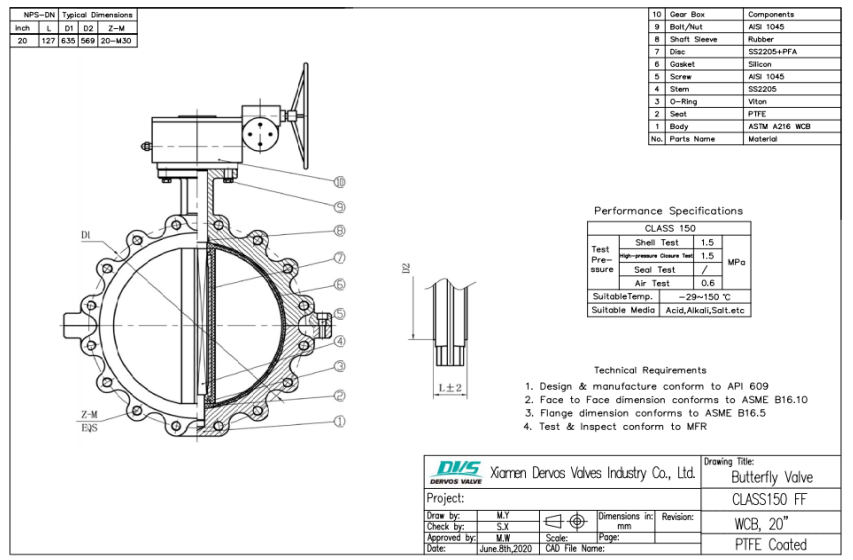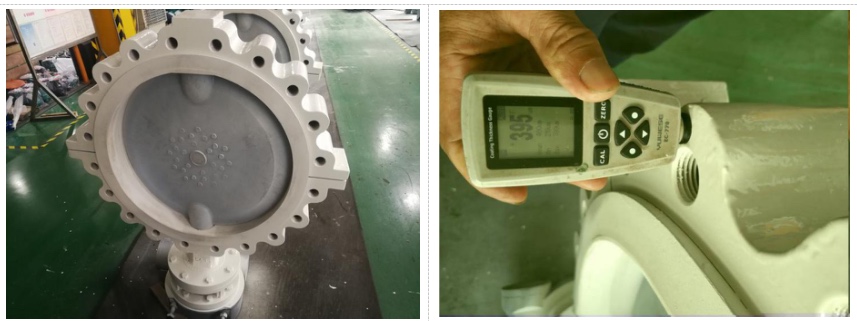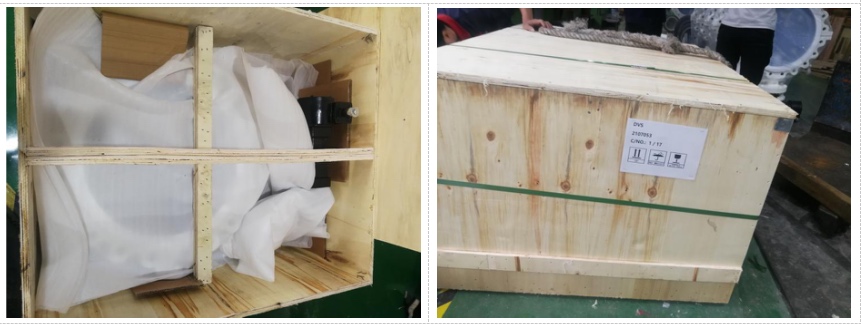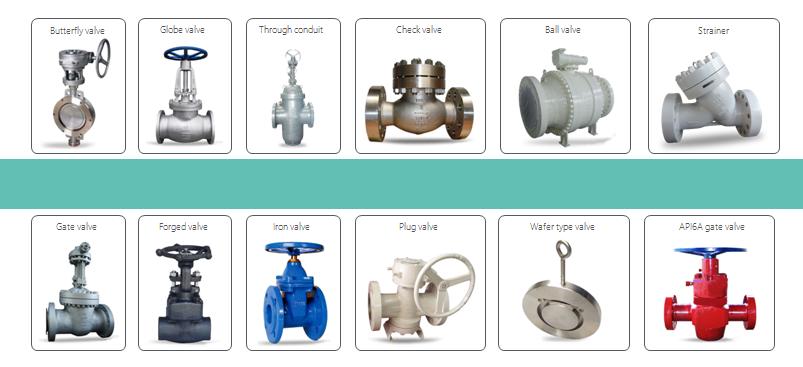لماذا يتفاجأ العديد من العملاء عند استلامهم صمامات DERVOS؟
2025-12-18
في تصدير الصمامات الصناعية، يُنظر إلى التغليف غالبًا على أنه مجرد الخطوة الأخيرة قبل التسليم. ومع ذلك، أثناء النقل الفعلي، يؤثر التغليف بشكل مباشر على الحالة العامة للصمام أثناء النقل والمناولة، وحتى لحظة فتح العميل له. ل صمام صناعي نظراً لأن الصمامات تخضع لعمليات نقل لمسافات طويلة وشحنات متعددة، فإن التغليف نفسه يُعد جزءاً لا يتجزأ من جودة المنتج. واستناداً إلى خبرة تصديرية واسعة، وضعت شركة ديرفوس معياراً واضحاً وثابتاً وقابلاً للتكرار لتغليف الصمامات، لضمان وصولها إلى العملاء بأمان وفي حالة ممتازة. 1. التحضير قبل التعبئة والتحقق من المنتج قبل بدء عملية التعبئة والتغليف، تخضع جميع الصمامات للتنظيف والفحص والتحقق من معلومات المنتج. تضمن هذه المرحلة أن يكون كل صمام في حالة مستقرة وخاضعة للتحكم الكامل قبل التعبئة والتغليف. ● إزالة الزيوت والشحوم من صمام سطح الجسم ● افحص أسطح منع التسرب للشفة وتجويف الصمام للتأكد من خلوهما من أي مواد غريبة ● قم بتركيب لوحة الاسم وتثبيتها بإحكام لضمان وضوح معلومات المنتج وسهولة التعرف عليها. توفر هذه العملية أساسًا موثوقًا به للحماية والنقل اللاحقين. 2. معالجة داخلية مضادة للتآكل وحماية سطحية مانعة للتسرب ولمعالجة الظروف التي عادة ما يتم مواجهتها أثناء النقل للتصدير، تخضع الصمامات لمعالجة وقائية محددة قبل التعبئة والتغليف: ● يتم طلاء تجويف الصمام بالتساوي بزيت مضاد للصدأ لتقليل خطر التآكل في البيئات الرطبة أو المحملة بالملح ● يتم تركيب أغطية واقية على جميع أسطح الفلنجات لمنع تلف الصدمات أو التلوث أثناء المناولة والنقل تضمن هذه الإجراءات أن تظل كل من المكونات الداخلية وأسطح منع التسرب في حالة جيدة حتى وصول الصمامات إلى موقع العميل. 3. تغليف داخلي متعدد الطبقات وحماية فردية للصمام خلال مرحلة التغليف الداخلي، تستخدم شركة DERVOS هيكل تبطين متعدد الطبقات لتوفير حماية شاملة لكل صمام: ● يتم وضع قطن اللؤلؤ المقاوم للصدمات حول جميع جوانب وقاع الكرتون الداخلي ● يتم تركيب فواصل بين الصمامات لمنع التلامس المباشر ● يتم تغليف كل صمام على حدة بمادة تبطين واقية، مع إيلاء اهتمام خاص للطلاءات والأسطح المصنعة آلياً يقلل هيكل التغليف هذا بشكل فعال من خطر تلف الطلاء والتآكل وعيوب السطح أثناء النقل. 4. تثبيت التقسيمات المخصصة والتصميم سهل الاستخدام عند تعبئة عدة صمامات في نفس الصندوق، يتم استخدام فواصل خشبية مصممة خصيصًا لتأمين كل وحدة: ● يتم وضع الصمامات بدقة وفقًا لأبعادها لمنع الحركة داخل الصندوق ● تتميز الفواصل بحواف مشطوفة، مما يسهل على العملاء فتح الصندوق وإزالة الصمامات ● يتم تحقيق التوازن بين استقرار النقل وسهولة المناولة في الموقع غالباً ما تكون هذه التفاصيل من بين أول الأشياء التي يلاحظها العملاء عند استلام البضائع، مما يعكس اهتمام المورد بكل من الحماية وتجربة المستخدم. 5. تعزيز الصندوق الخارجي والتغليف من الدرجة التصديرية في المرحلة النهائية، يتم تغليف الصمامات بالكامل في صناديق خارجية متينة: ● يتميز الصندوق الخارجي بهيكل ثابت مصمم لتلبية متطلبات النقل التصديري والتداول المتكرر. ● يضمن إحكام إغلاق الصناديق ملاءمتها للنقل لمسافات طويلة والتخزين في المستودعات. ● تسهل العبوة تحميل الحاويات والشحن والاستلام في الموقع. تنعكس القدرة على التصنيع والتسليم من خلال تفاصيل التغليف. 6. اختبار التعليق المقلوب لضمان موثوقية التغليف للتحقق من استقرار وموثوقية التغليف في ظل ظروف النقل والمناولة الحقيقية، تجري شركة ديرفوس اختبارات التعليق المقل...



